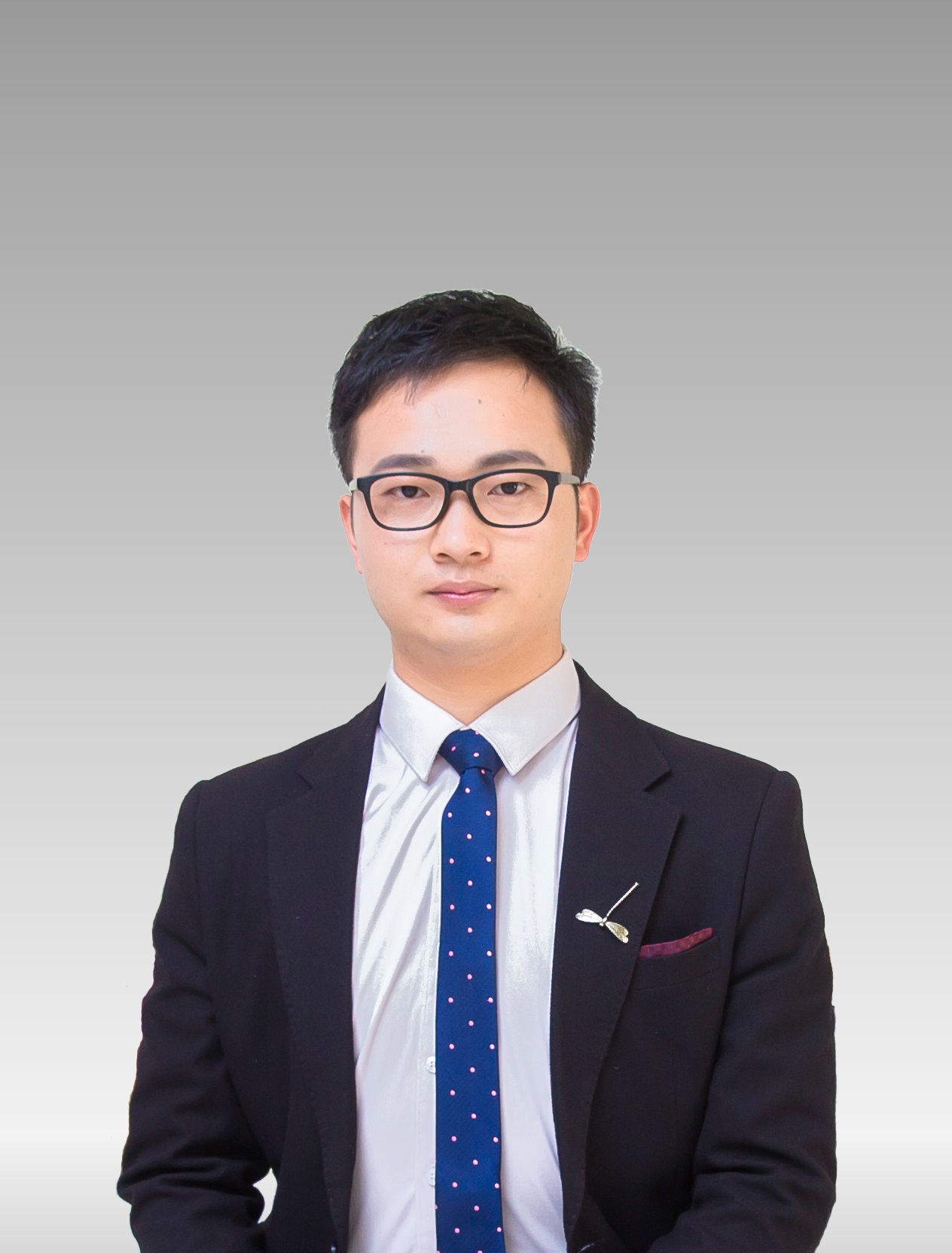
Dr. Liu got his PhD degree in Polymer Chemistry and Physics in 2018 at Henan University. After that, he joined Soochow University as a Postdoctoral Fellow in Chemistry. Currently, he is a lecturer at Henan University. His research interests are in design and synthesis of hybrid nanomaterials (e.g. surface modified silica nanofluid, graphene oxide) and their application in the field of oilfield, thermal-insulation, and electronics. He has hosted six projects (three of them are provincial projects) and participated in more than 15 programs. Dr. Liu has published over 12 research papers as first author, including Advanced Materials, ACS Applied Materials and Interfaces, Applied Surface Science, and Chemical Engineering Science, among others. Moreover, he also applied for seven National Invention Patents, six of them have been transformed and sold to companies, the total revenue is more than 6 million RMB. In addition, he has participated in the revision of one Industry Standard and the formulation of three Enterprise Standards. He is now a member of the Chinese Chemical Society and a correspondent member of the National Technical Committee for Standardization of Rubber and Rubber Products (SAC/TC35/SC5).
1. Please summarize the research you do and explain why it is significant?
My research focus on the synthesis of nanoparticles (e.g. silicon, metals) and their surface modifications, characterizations, as well as applications in the fields of oilfield, electronics. Nanoparticles is a class of material with a size of <100 nm, and have been widely used in various fields due to its quantum effect, unique chemical and electrical properties in a confined area. It brings us a large number of potential and advantages over micrometer-sized materials, and plays an important role in the technological advancement of modern society.
2. How might your research be used?
With the shrinking of electronic devices, apart from the design of nanomaterials and nanosized device structures, the technologies that could examine the local mechanical and electrical properties/performance become more and more imperative. For example, in my work published in Advanced Materials recently, I take the advantages of atomic force microscopy (AFM) to characterize surface modified copper nanoparticles (CuNPs) with a size of ~5 nm, and built a conductive AFM probe/modified CuNPs/metal (MIM) structured nano-memristor. By a series of electrical measurements, we conclude that this nanosized device exhibits a record ultra-low switching voltage of ~4 mV, which paves the way to the development of memory devices with low power consumption.
3. Why is the Park AFM important for your research?
Park AFM gives us to examine the nanoparticles with a high resolution under different imaging modes (i.e. Non-contact, Tapping, Contact mode), which could also help us to detect the tiny modifications occurred during the experiments. In my work, I mainly use the Park AFM to conduct electrical characterization of metal/insulator nanojunction in both ambient and vacuum. The Park AFM allows me to detect complete electrical characteristics at very low voltage range (<10 mV) and obtain repetitive and stable data.
4. What features of Park AFM are the most beneficial and why?
The feature of high vacuum (up to 10-6 torr) in the NX-Hivac Park AFM is one of the most critical functions in terms of electrical measurement, which can effectively avoid the effect of humidity (e.g. H2O) and oxygen in the electrical tests, e.g. local anodic oxidation, allowing the researchers to acquire accurate and reliable data. Moreover, Park AFM also exhibits slight drift during multiple scans, which will benefit the repeated scanning at a single location and easily locate a specific feature.




